
In the business world, "employee development" isn't just a term thrown around—it's crucial. Companies with solid development programs see 34% better retention. Investing in your team lifts morale and boosts productivity and loyalty. Here, we'll look at strategies to strengthen your workforce, like personalized development plans and continuous learning. We'll see how feedback and evaluations sharpen skills and how internal moves and succession planning keep your company ready for the future. We'll also discuss work-life balance and well-being, because happy employees are more productive. Whether you're a manager wanting to improve or an employee looking to grow, this guide offers insights to help you succeed at work. Let's dive in!
Personalized Employee Development Plans
Importance of Personalized Employee Development Plans
Personalized development plans, or Individual Development Plans (IDPs), are crucial for career growth and personal improvement. These plans help individuals set clear goals for their careers and personal growth. In collaboration, employees and supervisors work on these plans to:
- Pinpoint important skills
- Set achievable goals
- Track progress effectively
IDPs focus on both current job needs and future career growth. By tailoring efforts to fit specific needs and interests, they provide a sense of ownership and motivation. A well-thought-out IDP can enhance job satisfaction and productivity, as employees feel valued when their growth is prioritized. This leads to higher engagement and reduced turnover.
Example: A data analyst aiming to improve data visualization skills might include the following in their IDP:
- Enroll in a certification course
- Create monthly visual reports
- Attend relevant conferences
Progress could be monitored through course completion and departmental feedback.
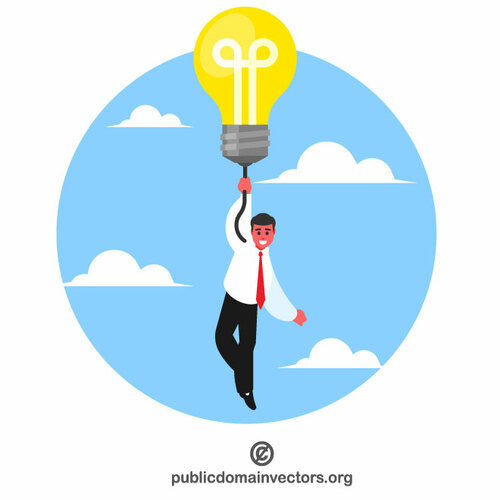
Creating Data-Driven Employee Development Plans
Data-driven development plans rely on facts rather than assumptions. Effective employee development plans should have:
- Clear goals
- Defined success metrics
- Specific activities such as training and mentoring
By analyzing data from performance reviews, surveys, and skill assessments, companies can identify trends and formulate effective strategies. These plans must be actionable and focused, addressing one growth area at a time with clear milestones. Analytics can predict future skill needs, ensuring that employees are equipped to meet new challenges as industries evolve.
Empowering Employee-Led Development Strategies
Employee-led development strategies empower individuals to reflect on their strengths, skill gaps, and career aspirations. This self-reflection enables employees to:
- Recognize their competencies
- Identify areas for growth
- Define career objectives
Such strategies give employees control over their development, aligning plans with personal interests and long-term goals. Regular check-ins and employee-led goals maintain motivation and ensure steady progress. Effective strategies include:
- Onboarding programs
- Courses and workshops
- Conferences and job shadowing
- Mentorship programs
Mentorship programs, in particular, connect employees with experienced mentors, accelerating development, closing skill gaps, and enhancing retention and productivity. Notably, over 70% of Fortune 500 companies have mentorship programs. By encouraging employees to explore their passions, companies can leverage a broader range of skills and ideas, fostering creativity and innovation.

For more information on individual development plan examples and personalized employee development plans, check out these resources.
Continuous Learning and Training
Internal Training Programs for Employee Development
For solid employee growth, it's key to design internal training programs that fit both the company and its people. You need to put resources into different training styles, like workshops, online courses, and conferences. This mix gives employees a variety of ways to learn, keeping them interested and helping them remember what they learn.
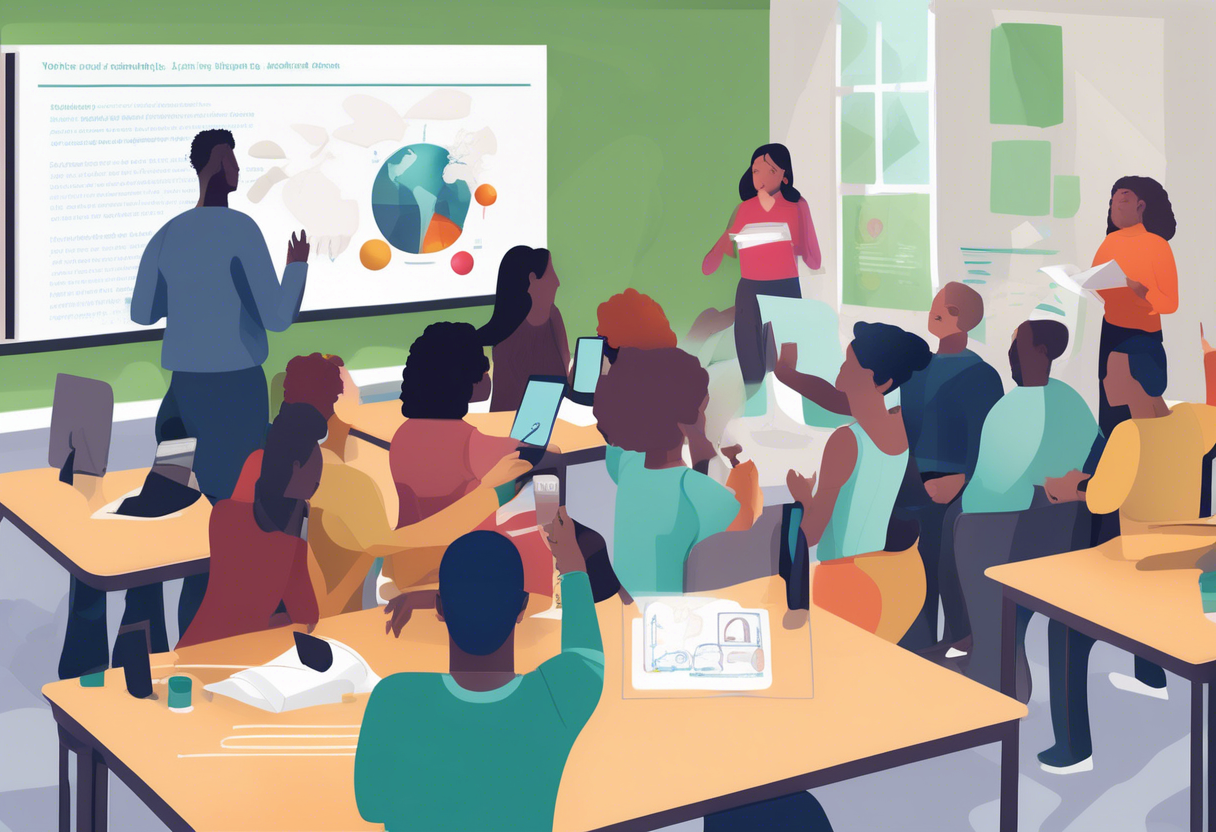
Start by figuring out where the skill gaps are with surveys, focus groups, and performance reviews. This way, the training is spot-on and meets the real needs of your team.
Creating personalized learning paths that match each person's goals and strengths is important for keeping them engaged. Consider adding:
- Leadership tracks
- Technical skills programs
- Casual formats like Lunch and Learn sessions
These not only build skills but also encourage peer learning and teamwork. Keeping the training content fresh with the latest industry trends and tech changes helps employees stay competitive and ready for new challenges.
Cultivating a Continuous Learning Culture for Employee Development
Building a continuous learning culture is crucial for long-term growth. Leaders need to walk the talk by getting involved in learning and supporting employee growth. This sets a tone and motivates everyone to focus on their development.
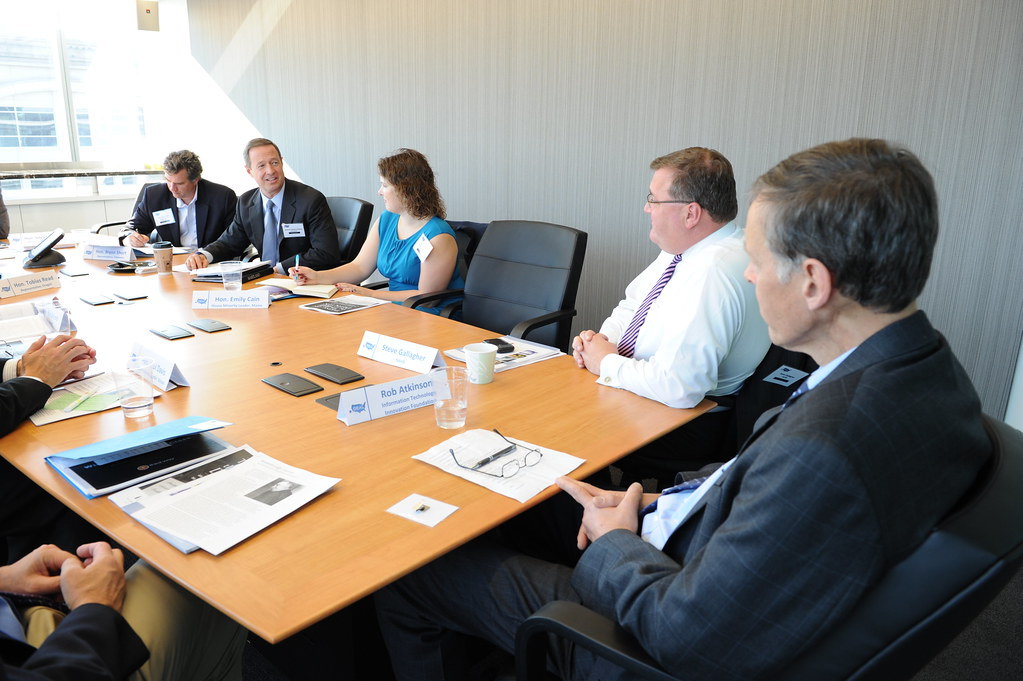
A supportive environment means showing the company’s commitment to learning and keeping open communication between management and staff. Being flexible with learning plans to fit different schedules and personal needs helps more people take part.
Encouraging collaboration through forums, discussion boards, and interactive projects boosts learning and engagement. By making continuous learning a core value and syncing personal growth goals with company goals, you keep your team flexible and ready for anything.
Recognizing and rewarding learning achievements with formal recognition, certifications, or career growth opportunities can further inspire employees to keep learning.
Leveraging Technological Tools for Employee Development
Using tech tools for learning management can change how employee development works. Learning Management Systems (LMS) are key, offering a central spot to design, deliver, and track learning programs. These systems make it easy to manage training with course catalogs, progress tracking, and reporting features. Platforms that support virtual and hybrid learning, group training, and gamification can really boost engagement.
Adding AI-powered recommendation engines in LMS helps tailor content to roles, goals, and learning styles, making sure employees get the right training. Offering accessible eLearning platforms with a wide range of courses caters to different learning preferences, boosting participation and success.
By using these tech tools, companies can create a lively and effective learning environment that supports ongoing employee growth.
Continuous learning culture and effective strategies for its implementation are crucial for a company’s success. Embedding these practices into core values helps companies handle the changing business world with ease and creativity.
Employee Development Feedback and Evaluation Systems
Continuous Feedback Culture for Employee Development
Creating a culture of continuous feedback is essential for employee growth. It facilitates real-time discussions and development opportunities. By clearly explaining the goals and benefits of continuous feedback, it becomes a two-way street, fostering open conversations as the norm.
To implement this effectively, offer various feedback channels such as one-on-one meetings, surveys, and pulse checks. These tools help maintain a steady flow of feedback. It's crucial to establish a safe space where individuals feel comfortable speaking honestly without fear of repercussions.
Integrating Feedback with Employee Goals: Connect feedback to employee goals and development plans to enhance its usefulness and drive improvement. For instance, a company might conduct bi-weekly one-on-ones and pulse surveys to ensure continuous feedback. This approach assists employees in adjusting their work and staying aligned with their objectives.
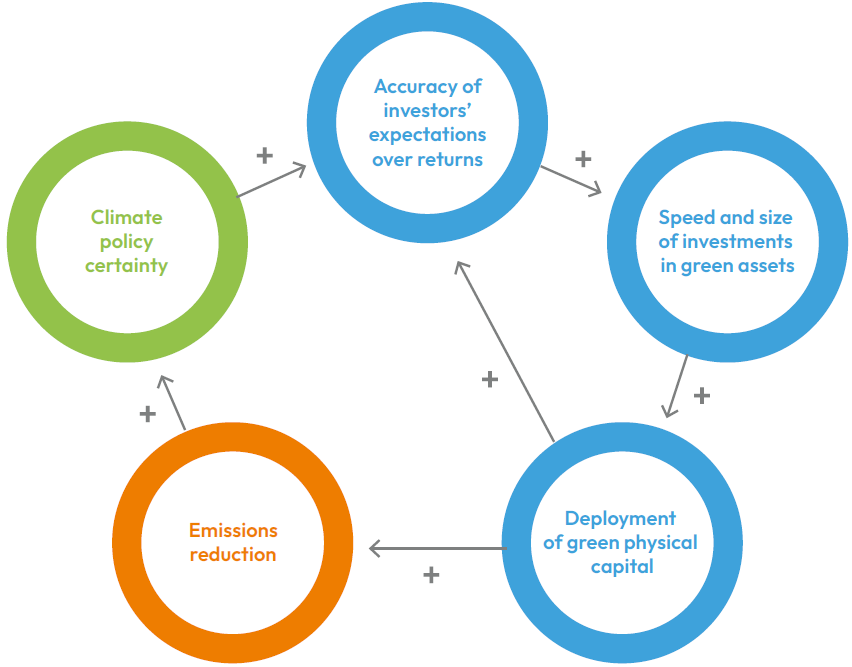
Employee Performance Evaluations and Competency Measurement
Performance evaluations are integral to any feedback system, often utilizing formal methods such as probationary reviews, performance appraisals, and 360-degree feedback. This approach involves managers, peers, and self-assessments to gain a comprehensive view of an employee's skills.
360-Degree Feedback for Employee Development: This method provides a well-rounded perspective by incorporating various viewpoints, aiding in fair assessments. Employee surveys on engagement, job satisfaction, and training needs further identify progress and areas for growth. Continuous feedback supplements these formal evaluations with real-time insights, enabling employees to enhance their skills proactively.

Structured feedback that is consistent and clear enhances the reliability of performance evaluations. An organization might employ 360-degree feedback annually, alongside quarterly performance reviews and monthly check-ins, to monitor skill development and performance effectively.
Leadership's Role in Employee Feedback
Leaders play a pivotal role in fostering a successful feedback culture. They must communicate the objectives and advantages of feedback clearly to all team members. Leaders contribute by engaging in downward, upward, and multidirectional feedback loops, ensuring comprehensive communication.
Training Leaders for Effective Feedback: Training leaders to provide and receive feedback constructively is vital for creating a supportive environment. Recognizing achievements through feedback boosts morale and encourages positive behavior. Leaders must cultivate spaces where open and honest conversations are encouraged, building trust within teams.
For example, a leadership team might hold regular 1:1 meetings and anonymous feedback sessions. Training managers to deliver constructive feedback and acknowledge contributions sustains motivation and development. In doing so, leaders can enhance engagement, improve performance, and support their teams' continuous growth.
Internal Mobility and Succession Planning in Employee Development
Promoting Internal Mobility for Employee Growth
Internal mobility involves moving employees within a company through promotions, lateral moves, job rotations, and new project assignments. This strategy maximizes existing talent and supports employee growth. By providing advancement opportunities internally, companies enhance job satisfaction and retention, while also reducing hiring costs and turnover.

To effectively implement internal mobility, companies should leverage technology platforms equipped with AI and data analytics. These tools match employees' skills and aspirations with available opportunities, ensuring the right fit for each role. Cultivating a supportive culture requires clear policies for internal job applications, regular communication about open positions, and encouragement for employees to pursue these opportunities.
Investing in learning and development is crucial. Providing training, workshops, and mentorships prepares employees for new roles. By fostering continuous learning, companies ensure their teams can adapt and tackle new challenges, enhancing agility and innovation.
Strategic Succession Planning in Employee Development
Succession planning ensures organizational continuity by preparing employees for critical roles in the future. This process extends beyond top executives to encompass key positions at all levels. Utilizing technology to build talent pipelines, succession planning identifies high-potential employees and provides targeted development for future roles.

A robust succession plan mitigates risks associated with sudden departures and management changes, supporting long-term stability. It begins with identifying crucial roles and evaluating internal candidates based on skills and growth potential. Tailored development plans, including job rotations and leadership training, are then created. Regular check-ins ensure these plans align with the company's evolving needs.
Internal mobility and succession planning are interconnected. Mobility programs identify and develop candidates for future roles, while succession planning maintains a ready pool of candidates. Integrating succession planning into the talent management strategy enables companies to address talent gaps and have leaders prepared to step up when necessary.
Real-World Examples of Successful Mobility Programs
While specific case studies weren't provided, exploring industry reports or company publications can offer real-world examples. Companies like IBM and Schneider Electric are renowned for their successful internal mobility initiatives. They utilize AI and technology to align employees with opportunities that match their skills and goals. These programs have enhanced employee satisfaction and significantly reduced recruitment costs, serving as exemplary models for others.
Work-Life Balance and Employee Well-being
Importance of Work-Life Balance in Employee Development
In the ever-changing world of development, maintaining a good work-life balance is crucial for both well-being and productivity. Flexible work setups—such as remote work, flextime, and shorter workweeks—enable employees to better manage their time. This reduction in stress leads to increased satisfaction and loyalty. Such a positive atmosphere is essential for employees to truly flourish.

Encouraging breaks and focusing on wellness helps prevent burnout, keeping energy and productivity levels high, which is vital for ongoing development. Moreover, clear communication about wellness and work hours assists individuals in balancing personal and professional life, fostering an environment for growth and skill-building. Regular check-ins by managers to assess workloads and stress levels can help maintain this balance and provide timely assistance when needed.
Recognition and Reward Systems for Employee Development
Implementing recognition and reward systems is pivotal in enhancing employee development. These systems acknowledge employees' efforts in maintaining work-life balance, boosting motivation and reinforcing habits that promote well-being and growth. By incorporating wellness programs and celebrating personal growth and balance, companies can enhance satisfaction and retain their teams longer.

Regular feedback and check-ins build trust and understanding, ensuring recognition aligns with employees' needs and expectations regarding work-life balance. For instance, one company experienced a morale boost and reduced turnover after introducing monthly awards for employees who excelled in work-life balance, demonstrating the effectiveness of these systems.
Integrating Emotional Intelligence and Soft Skills in Development
Integrating emotional intelligence and soft skills into employee development is increasingly important for cultivating a well-rounded team. Emotional intelligence enables managers to recognize when someone is overwhelmed, allowing for timely support to maintain work-life balance and well-being. Soft skills such as communication and empathy are essential for creating an open environment where employees feel comfortable discussing work-life issues, leading to better support and growth.
Encouraging social connections through virtual hangouts and informal gatherings builds emotional support networks, helping employees remain resilient and balanced. Managers trained in emotional intelligence who regularly engage with their teams can help manage stress and enhance teamwork, supporting ongoing professional growth.
By focusing on work-life balance, recognition systems, and emotional intelligence with soft skills, companies can cultivate a supportive workplace culture. These strategies not only enhance employee development but also create a thriving, resilient workforce that drives innovation and success. For more tips on fostering employee work-life balance, check out Culture Monkey's guidance on effective practices and BetterUp's methods for improving balance.
FAQ
Estrategias Clave para Planes de Desarrollo Individualizado de Empleados
Para crear planes de desarrollo individualizados efectivos, es crucial entender las habilidades actuales del empleado, sus metas profesionales y los objetivos de la empresa. Esto asegura que el plan sea relevante y útil. Utilizar datos, como el análisis de rendimiento y la retroalimentación, ayuda a personalizar los planes para cubrir vacíos y aprovechar oportunidades de crecimiento.
Highlight: Es importante actualizar el plan regularmente para que siga siendo relevante tanto para el empleado como para la empresa.

Por ejemplo, algunas empresas revisan trimestralmente los objetivos y el progreso de sus empleados, utilizando datos de rendimiento y comentarios de los gerentes para ajustar los planes de desarrollo individual. Más información sobre estrategias de desarrollo.
Fomentar la Movilidad Interna para el Desarrollo de Empleados
Fomentar la movilidad interna es una excelente manera de desarrollar a los empleados, permitiéndoles explorar nuevas oportunidades dentro de la misma empresa. Las empresas deberían establecer sistemas claros para publicar vacantes internas y animar a los empleados a postularse para nuevos roles.
Highlight: Ofrecer recursos de planificación de carrera y programas de mentoría ayuda a los empleados a conocer sus oportunidades de crecimiento y prepararse para nuevos roles.
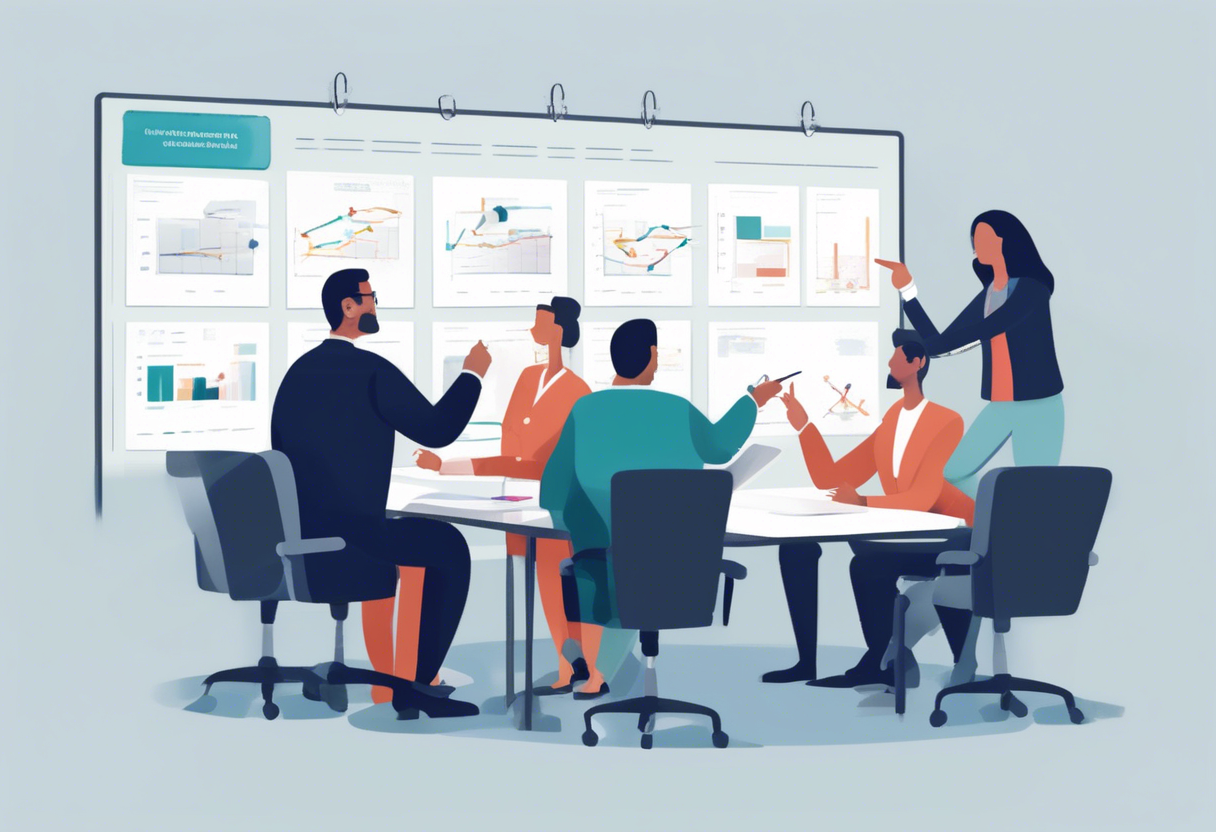
Promover una cultura de aprendizaje continuo y colaboración entre departamentos también es clave para diversificar habilidades y facilitar movimientos internos. Por ejemplo, algunas empresas tienen una bolsa de trabajo interna y sesiones de mentoría donde empleados senior ayudan a los junior con sus transiciones de carrera dentro de la empresa. Conoce más sobre la movilidad interna.
Ejemplos de Programas de Formación Interna Efectivos para el Desarrollo de Empleados
Los programas de formación interna más efectivos combinan aprendizaje formal con práctica en el trabajo y coaching para mejorar habilidades. Aquellos que se actualizan regularmente con la retroalimentación de los empleados y las tendencias del mercado tienden a tener más éxito.
Utilizar tecnología, como plataformas de e-learning y talleres interactivos, hace que el aprendizaje sea más accesible y fácil de recordar. Un ejemplo es una organización que utiliza un enfoque de aprendizaje mixto con cursos en línea, talleres en vivo y sesiones de coaching entre pares, actualizados frecuentemente según las opiniones de los aprendices y los cambios del mercado. Descubre más sobre programas de formación interna.
| Section | Key Elements |
|---|---|
| Personalized Employee Development Plans | – Pinpoint skills, set goals, track progress |
| – Example: Data analyst's IDP includes certification, reports, conferences | |
| Creating Data-Driven Plans | – Clear goals, success metrics, data analysis |
| – Use analytics to predict skill needs | |
| Empowering Employee-Led Strategies | – Recognize competencies, identify growth areas |
| – Strategies: onboarding, workshops, mentorship | |
| Continuous Learning and Training | – Internal training programs: workshops, online courses, conferences |
| – Continuous learning culture: collaboration, flexible learning plans | |
| Leveraging Tech Tools | – LMS for managing training, AI-powered recommendations |
| Feedback and Evaluation Systems | – Continuous feedback culture: 1-on-1s, surveys |
| – Performance evaluations: 360-degree feedback | |
| Internal Mobility and Succession | – Internal mobility: promotions, lateral moves |
| – Succession planning: talent pipelines, tailored development plans | |
| Work-Life Balance and Well-being | – Flexible work setups, wellness focus |
| – Recognition systems: awards for work-life balance | |
| Emotional Intelligence and Soft Skills | – Emotional support networks, manager training in emotional intelligence |